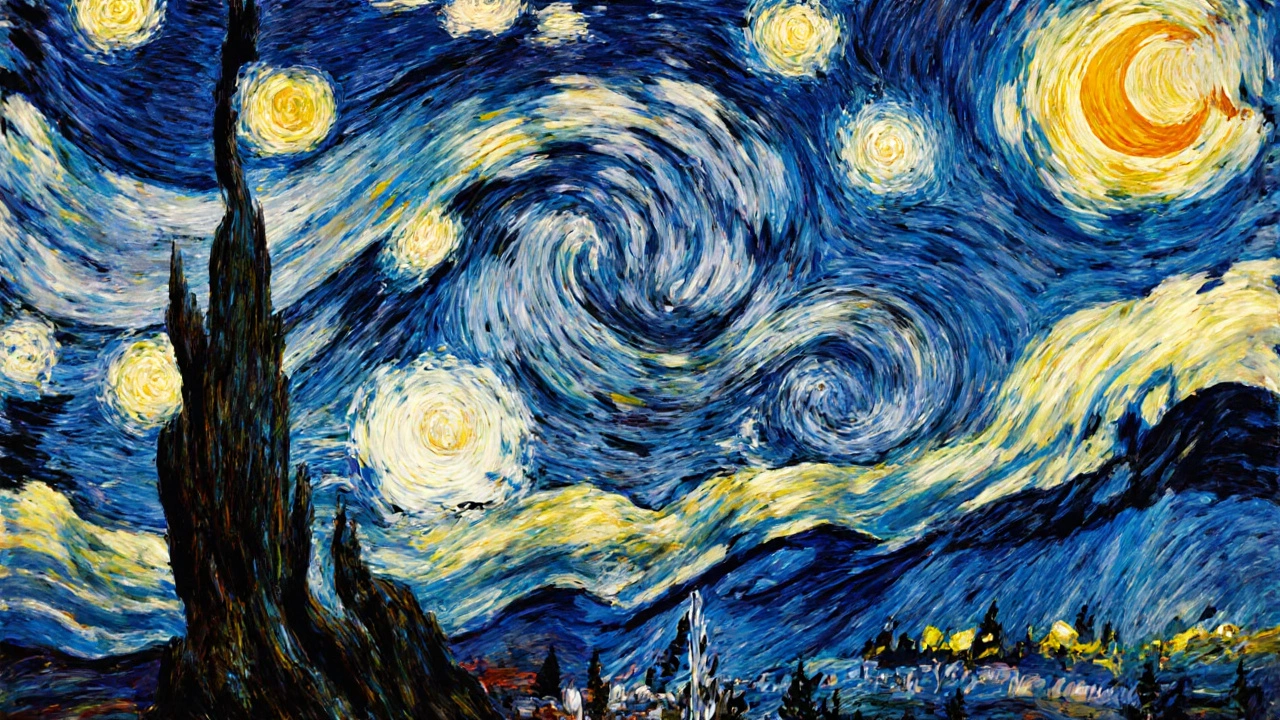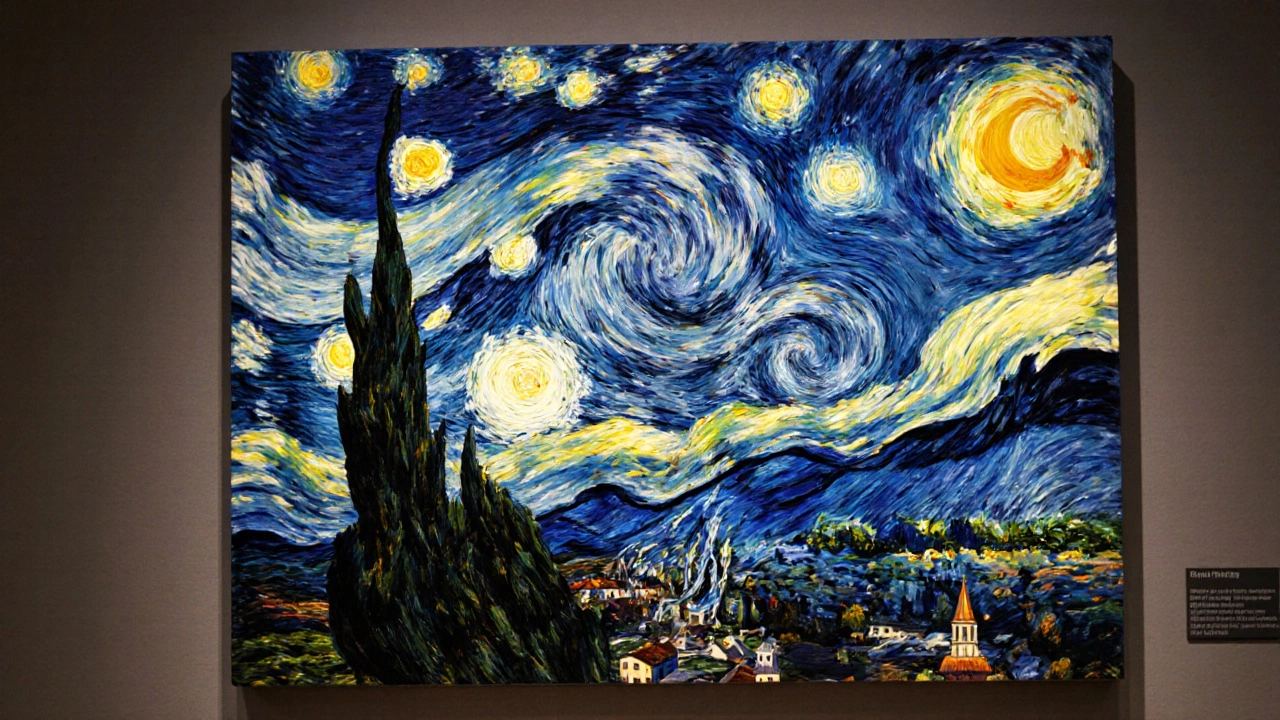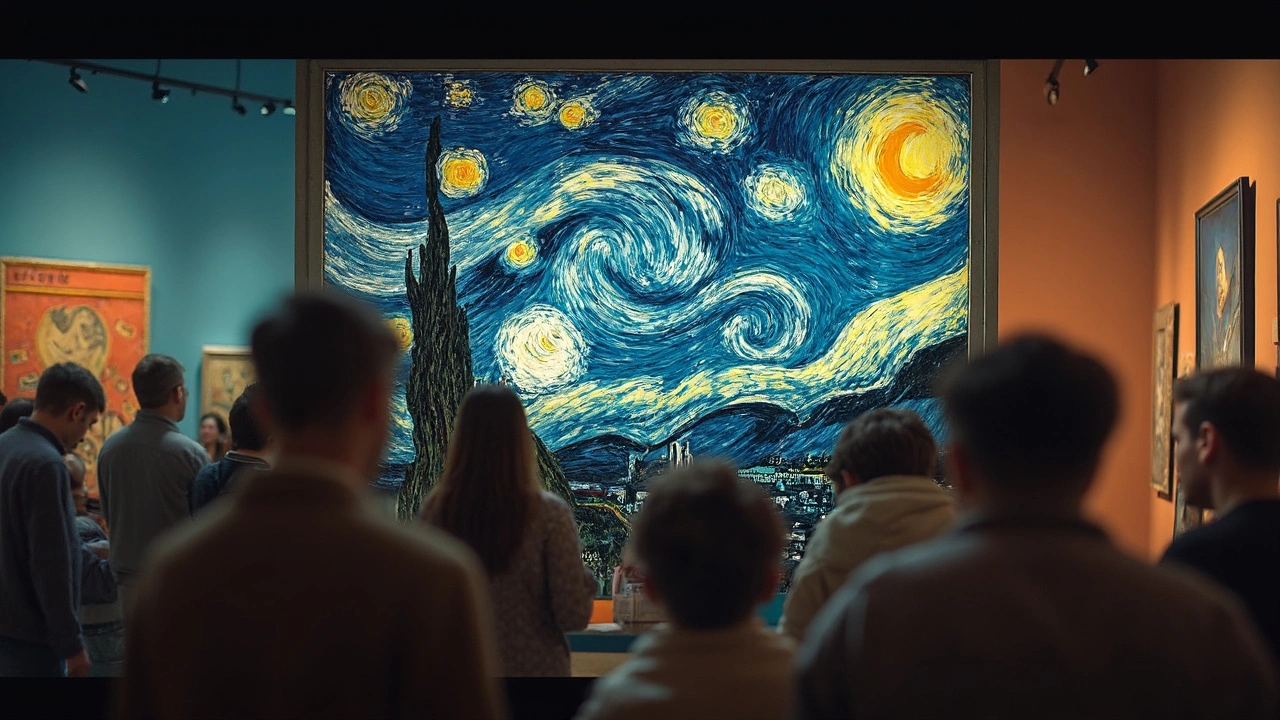Van Gogh: How His Bold Style Can Spark Your Own Art
If you’ve ever stared at a starry night sky and felt a rush of colour, you’ve met Van Gogh’s work. His paintings are loud, emotional, and surprisingly easy to bring into any studio. Below you’ll find quick ways to copy his energy without copying every detail.
What Made Van Gogh’s Paintings Stand Out?
First, Van Gogh loved thick paint. He used a technique called impasto – pushing paint onto the canvas so it sticks out. The result is a texture you can feel, not just see. Second, his colour choices were daring. He paired bright yellows with deep blues, creating contrast that jumps out at you. Finally, his brushstrokes were swift and directional, giving a sense of movement. Think of a swirling sky or a wind‑blown field – those lines guide the eye across the canvas.
Bring Van Gogh Into Your Own Work
Start with a simple subject – a vase, a tree, or a coffee cup. Load your brush with a generous amount of paint and press it onto the surface. Don’t worry about perfect edges; let the paint pile up. Use a limited palette: pick a dominant colour and two supporting shades. For a classic Van Gogh feel, choose a bright yellow, a cool blue, and a warm orange. Next, add short, curved strokes that follow the shape of your subject. The strokes don’t have to be identical – variation creates life.
When you finish, step back and look for spots that feel flat. Add another layer of impasto in those areas, using a contrasting colour to make the texture pop. This two‑layer approach mimics how Van Gogh built depth in his night scenes.
Want to experiment further? Try mixing his style with modern ideas from our other articles. For example, combine his bold brushwork with abstract concepts from "What Does Abstract Art Really Mean?" or blend his colour drama with digital tools discussed in "Turn Traditional Drawings into Digital Art". The cross‑pollination keeps his legacy alive and fresh.
Finally, remember that Van Gogh painted because he felt – not because he followed rules. Let your emotions guide each stroke. If a colour feels right, use it. If you’re frustrated, splash a bold line across the canvas. The beauty of his technique is that it welcomes imperfection.
With these simple steps, you can capture a hint of Van Gogh’s magic in any piece. So grab your brushes, load up the paint, and let the swirls begin.

16 Nov 2025
Starry Night by Van Gogh looks like watercolor, but it was painted with thick oil on canvas. Learn why the medium matters, how Van Gogh achieved its movement, and why watercolor could never replicate it.
Continue reading...

30 Oct 2025
Starry Night isn't abstract - it's post-impressionist. Van Gogh twisted reality to express emotion, but never erased it. Learn why this masterpiece is often misunderstood and what truly defines abstract art.
Continue reading...

10 Apr 2025
Van Gogh's 'Starry Night' is an iconic piece of modern art, sparking curiosity about its current ownership. This article explores who technically owns the painting, its journey through history, and its significance in the art world. Understanding the painting's background provides insight into how such masterpieces circulate in the art scene. Additionally, we delve into why its ownership matters not just for collectors but for art enthusiasts too.
Continue reading...


